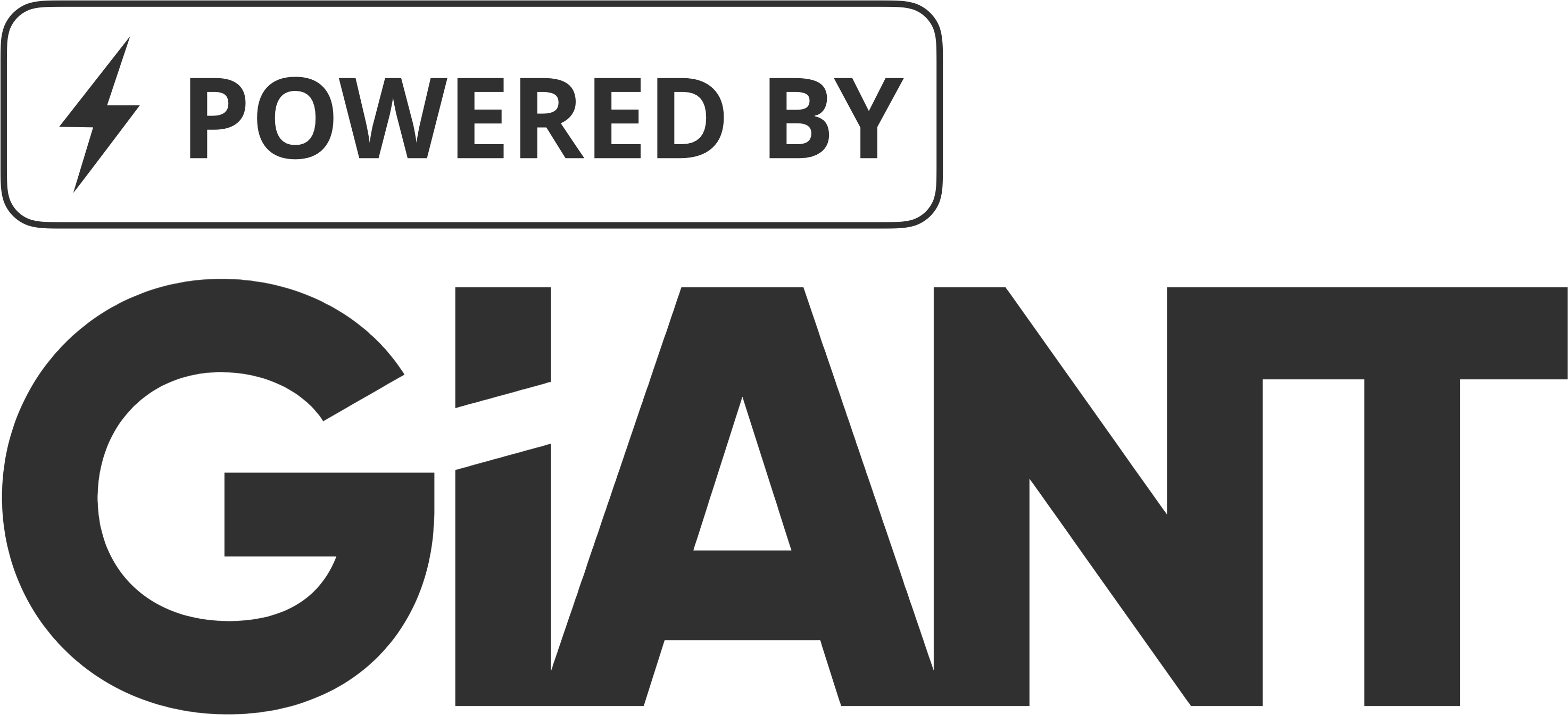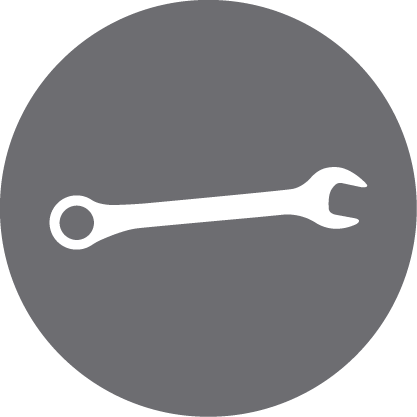As an aftermarket automotive component manufacturer, who is your customer? Is it the WD? The large channel distributor, maybe? My question is rooted in the twenty-five plus years I’ve spent in the automotive repair field. I believe that, yes, the WD, and large distributor are important. But the key question is: Whether we’re talking wiper blades, or a rebuilt transmission, whose satisfaction with your product matters most? Some say the vehicle owner’s satisfaction carries the most weight. I agree, but only to the point that the product performs correctly, and causes the owner no stress. So again, I ask, who is the customer?
In my life as an automotive technician, I’ve repaired hundreds of customer vehicles; with services involving a multitude of ailments. In the dual role of technician/shop owner, I was responsible for the quality of the component I was installing. I also had to feel confident about the manufactures support of the product. And I needed to keep in mind that even if a product failed due to inferior quality or poor installation, the customer was not going to think negatively of the manufacturer, they’d focus their negativity on me. Which in turn, hurts my bottom line at the end of the year. Yes, a returned component can affect a manufacturers bottom line, but I raise the question: Does it impact the manufacturer as much as a technician/shop owner? The customer base of a technician/shop owner is built on customer loyalty. And I am a firm believer in word-of-mouth creating a loyal customer base.
(76% of customer loyalty is attributed to their experience with the overall repair and service 71% is quality of work the next closest is shop appearance at 29%)
Sourced from DIFM Outlook 2025: A Dynamic Battleground
Here’s a Look at My Customer:
Consider this hypothetical customer situation. You operate a 4-bay shop and have one veteran technician, one mid-level technician, and yourself. You also have a high school boy who comes in after school to clean up and perform some oil changes. Your hourly rate is $100.00, you have a steady clientele, and you’ve been in the same location for 15 years.
It’s Monday morning and you have a pretty full schedule, but still some room for that drive-up customer. Around eight o’clock, Sue comes through your door. Sue’s husband, Jerry, is in the Rotary with you, and she’s having trouble with her car starting. Sue and Jerry aren’t regular customers, and they aren’t on your schedule for the day. You tell Sue you have a pretty tight schedule, but could possibly work her car in that afternoon, so she leaves it at your shop. The morning goes as scheduled, and you’re able to bring in Sue’s car at one o’clock. The lead tech diagnosis a bad alternator, with a battery that needs to be charged in order to properly test it. You call Sue and explain what’s been determined. You give her an estimate on the repair (see below) and tell her you could have it out by the end of the workday.
Alternator =$185.00
Possible battery= $160.00
Parts total = $345.00 Actual cost 276.00 / profit 69.00
Diagnosis .5 =50.00
Alternator replacement 2.0 = 200.00
Possible battery replacement .75 = 75.00
Shop supplies and disposal 30.00
Labor total = $355.00 Actual cost 176.25 / profit 178.75
Total $700.00
Sue agrees to the repair, so the tech installs the alternator and charges the battery. He discovers the battery has a damaged cell so he replaces it. Sue arrives to pick up the vehicle and pays the bill. All seems good: the vehicle was properly repaired and the customer paid in full. A week later, at the Rotary meeting, Jerry stops you. He not only asks about the repair, but also demands to know why you didn’t give him a break on the repair cost. You tactfully defend your repair and the charges, and after some discussion, Jerry seems satisfied.
But it’s Not Over
Two weeks after repairing Sue and Jerry’s vehicle, they call and say it won’t start. You send your tech over to diagnose it in their driveway. He determines that the alternator has a short in it. You call Sue again to explain the alternator has failed and you will replace it. The vehicle is towed to your shop; you have a very busy schedule but work it in. The parts store replaces the alternator at no charge. However, the charge for the tow, and the technician’s actual cost for two hours are not covered by the parts store. The total comes to $200.00. Sue and Jerry arrive to pick up their vehicle. They appear disgusted with you, even though you repaired the vehicle, again. And at your own expense.
The True Cost
So let’s look at what this costs you, the shop owner. First, there’s the $200.00 for the second repair and towing, which is 81% of the profit realized on the original repair. But what’s not seen in tangible dollars is the cost associated with lost business. The Monday of the original repair, you had to turn away two regular customers who were unscheduled. They had about three hours of work total and you were only able to reschedule one of them. That’s a loss of $120.00. Next, you have to add in the time the technician was not able to work on scheduled cars because of the second repair: $80.00. So now the shop has lost $400.00. What did the parts store lose for delivering the part? Maybe $25.00 for the driver and some bookkeeping, but no loss on the part. The Warehouse suffered a minimal loss associated with bookkeeping. The manufacturer lost maybe $30.00 in what their actual cost was.
The one expense we can’t place a cost on is the reputation of your repair shop. This could be minimal depending on the customer, and how many times they blame the repair shop in public for their inconvenience. This is extremely hard to determine due to the customer’s perception of competency and customer service. But, if one customer complaining publically about a single repair prevents four possible customers from using your shop, that could equal thousands lost in future business.
What’s the Solution?
In today’s highly competitive market, the supplier who provides support separates itself from others in the same category.
Ways of offering support include providing technical content via newsletters, blogs, tech tips, and addressing industry issues, keeping catalog info up-to-date, plus offering in-depth videos showing exact repair procedures. Would these types of support resources have changed the fact that a failed part caused the customer to return for the same repair? Probably not, but making support available could influence the repair shop to continue loyally buying your parts instead of switching to another manufacturer. In the above example, the repair shop lost 62% more than the original profit. Today’s technician needs easy access to any resources that aid them in repairing a vehicle as efficiently as possible, and in a manner that’s timely. As the supplier/manufacturer, it’s to your advantage to provide the technicians with this info—doing so creates a brand that is sought out because it’s perceived as being a friend to the industry, thus increasing the bottom line for all involved.
(Non-dealer DIFM shops must substantially upgrade their technical prowess, marketing capabilities, appearance, and image to serve modern vehicles and customers, and to compete effectively against dealers. They will need help from suppliers and channel partners to do so.)
(More important than the telematics is the marketing prowess to provide consumers with compelling service offerings – independent shops will need to build up their marketing capabilities to compete. Suppliers and channel partners should help them.)
Sourced from DIFM Outlook 2025: A Dynamic Battleground































